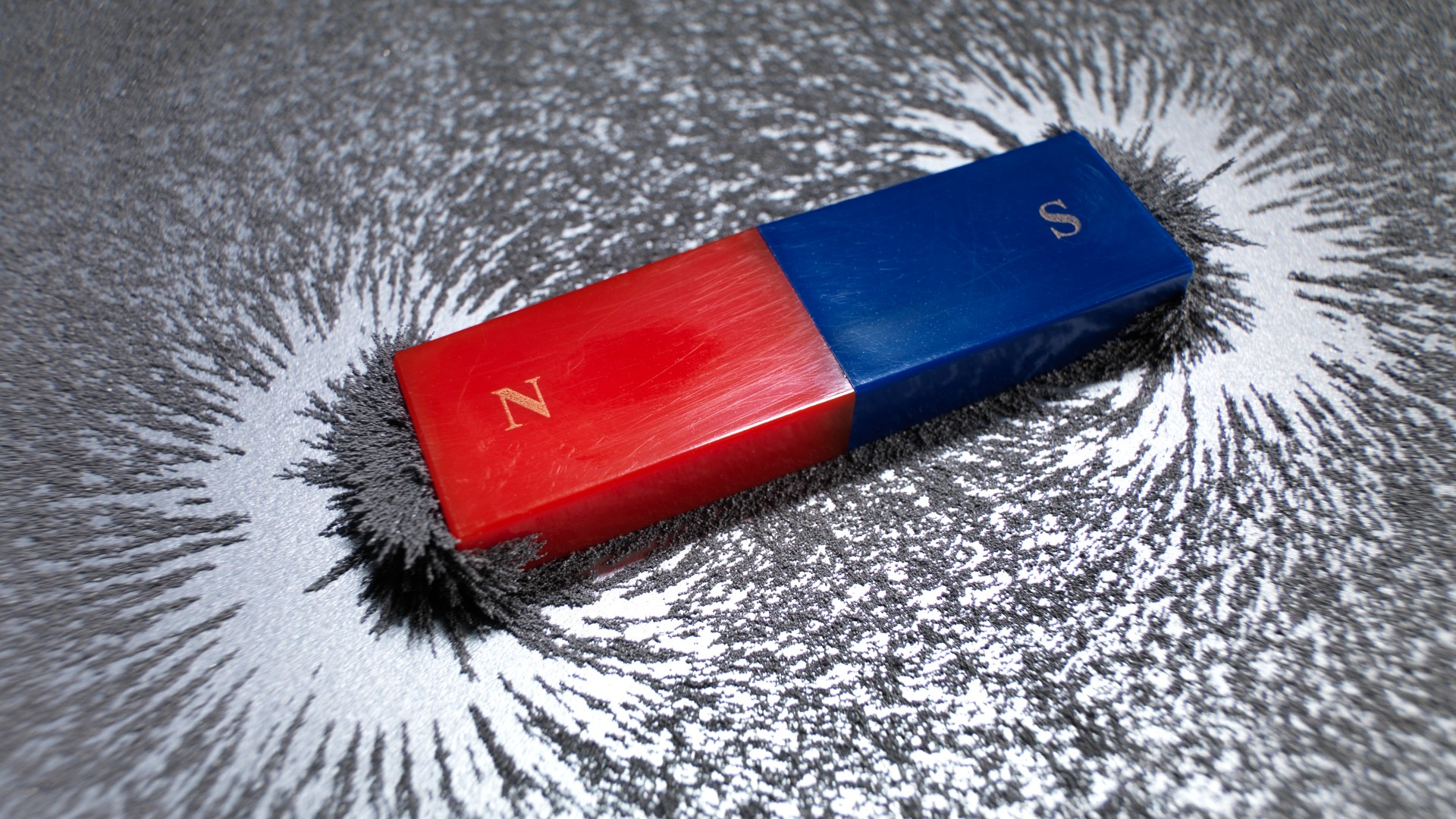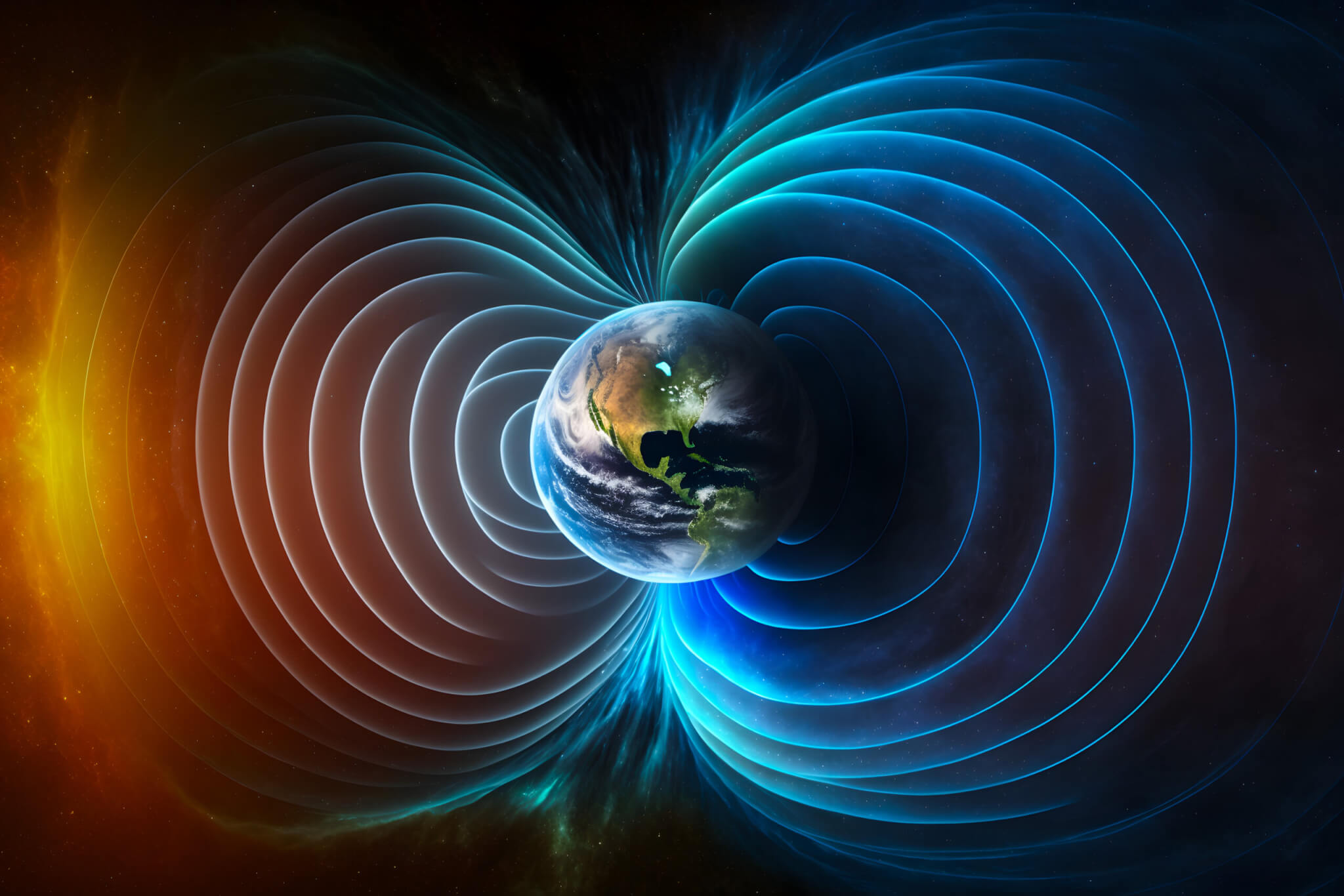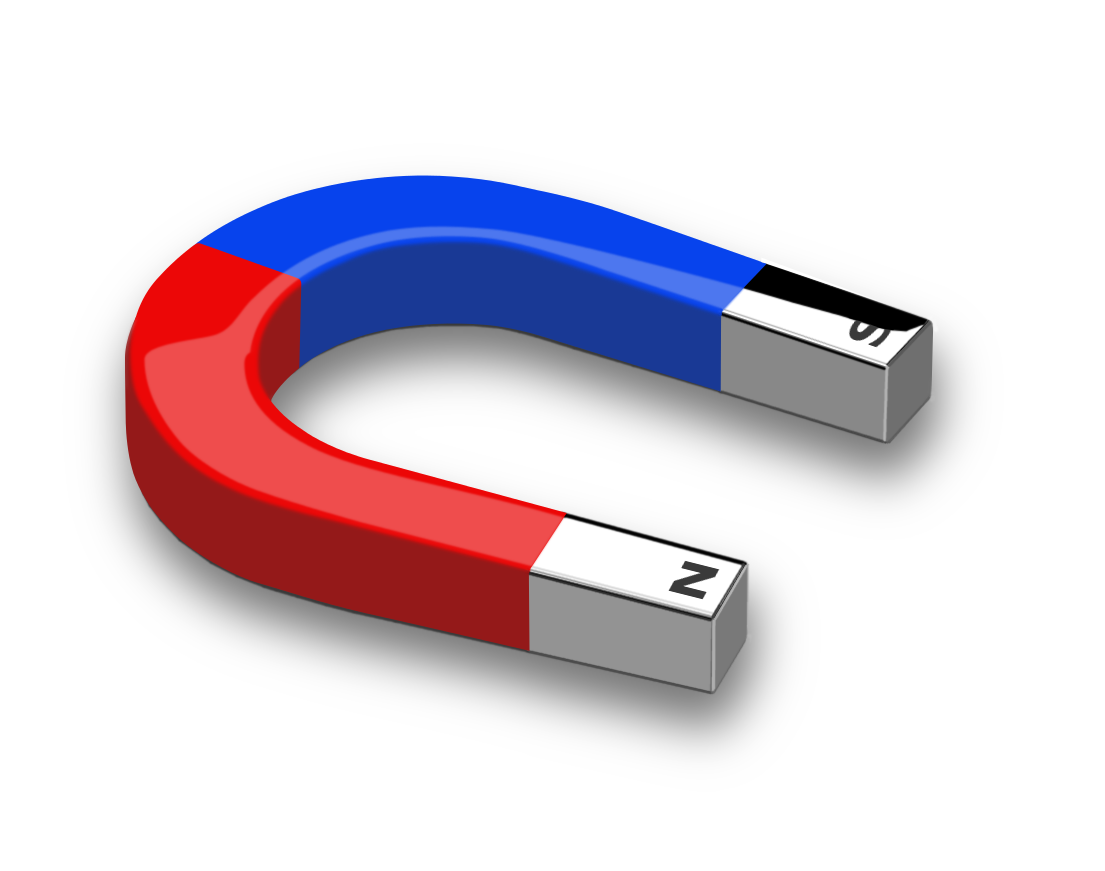AI-Generated Article
This content has been automatically generated using artificial intelligence technology. While we strive for accuracy, please verify important information independently.
Have you ever wondered what makes certain things draw together, almost as if by some unseen hand? It's a rather fascinating idea, isn't it? We often talk about magnets, those everyday items that stick to our refrigerators, but there's a whole world of invisible tugging and pushing at play. When we consider something like "magnetic zeros jade," we are, in a way, looking at how these fundamental forces might show up in a unique form, perhaps with properties that truly stand out.
This idea of things pulling on each other, or even pushing away, goes much deeper than just a simple fridge magnet. It's about a basic force of nature, one that shapes how many materials behave. Thinking about "magnetic zeros jade" means thinking about how this power, this ability to attract or repel, might be present in a very special kind of material, making it quite interesting to consider, you know?
So, as we go along, we'll explore what it means for something to be magnetic and how these principles could apply to something as intriguing as "magnetic zeros jade." We'll look at the tiny bits that make it all happen and how these unseen pulls actually work. It's a bit like peeling back the layers of a mystery, honestly, to see what makes this unique material tick.
Table of Contents
- What Makes Something Magnetic - The Core of Magnetic Zeros Jade
- How Do Magnetic Forces Work with Magnetic Zeros Jade?
- The Dance of Tiny Bits - Electrons and Magnetic Zeros Jade
- Can We See the Pull of Magnetic Zeros Jade?
- What Gives Magnetic Zeros Jade Its Special Power?
- Is Magnetic Zeros Jade Attracted to Everything?
- Where Do We Find Magnetic Zeros Jade's Influence?
- How Does Magnetic Zeros Jade Relate to Electric Currents?
What Makes Something Magnetic - The Core of Magnetic Zeros Jade
A certain kind of stuff or an item, you see, can make a pull-and-push area all around it. This pull-and-push area, which is something you can't really see with your eyes, is the main reason for the most famous trick a magnet can do. It's the reason for a kind of tugging power that pulls on other things, especially those made of iron or similar metals. This is pretty basic, but actually, it's quite fundamental to how something like "magnetic zeros jade" might get its special characteristics. That, is that, truly the starting point for understanding.
When we say something is "magnetic," it means it has a very special knack for drawing things close, or perhaps pushing them away. It's like having an unusual kind of influence. Just like we learn how to use a particular word in a sentence, we can learn how this magnetic quality works in various items. For "magnetic zeros jade," this core ability to attract would be, in some respects, its defining feature, setting it apart from other materials.
This whole happening, this phenomenon connected to those pull-and-push areas, comes about because tiny electric bits are moving around. This movement, you know, can show up in lots of ways. It could be electricity moving through a wire, for instance, or other small charged parts doing their own thing. So, if "magnetic zeros jade" shows magnetic qualities, it's because of these internal motions, which are, you know, quite intricate at a tiny scale.
Magnetism is, really, a basic push or pull from the world around us, produced by electric bits that are on the move. Sometimes these motions are super tiny and happen within something we call a magnet. Think about the way your fridge door holds notes, or how a compass needle points north – that's one kind of magnetic behavior. There's also a different kind of pull-and-push behavior that exists, too, which is less common in everyday items. For "magnetic zeros jade," its particular magnetic nature would stem from these very subtle, internal movements of its constituent parts, making it rather intriguing.
How Do Magnetic Forces Work with Magnetic Zeros Jade?
When we talk about how these forces operate, it's about a material that can draw in things made of iron or steel, or similar metals. It's something having to do with a magnet or its pull. This material acts like a magnet, or it can be made into one, or it can simply be pulled by one. It's about the Earth's own pull-and-push area, in a way, too. So, if "magnetic zeros jade" is truly magnetic, it would certainly interact with these kinds of metals, showing a distinct drawing power.
This pull, or push, can come from electric bits that are on the move, and this means it can pull things close or push them away. Various things act differently with magnetism because of their tiny electron parts. There are different kinds of magnetic behavior, depending on how these electrons are arranged. So, with "magnetic zeros jade," its specific interaction – whether it pulls or pushes, and how strongly – would depend on these very small, internal structures, you know, at the electron level. It's quite a precise balance, really.
Magnets are items that make pull-and-push areas and draw in metals like iron, nickel, and cobalt. The lines of force from this pull-and-push area come out of one end of the magnet, typically called the north end, and then go into the other end. So, for "magnetic zeros jade," we would expect to see these same kinds of invisible lines, showing us the direction of its magnetic influence. It's a rather consistent pattern across all magnetic materials, apparently.
The Dance of Tiny Bits - Electrons and Magnetic Zeros Jade
The push or pull magnets give each other, which is what we call magnetism, is caused by electric bits that are on the move. Every substance, you see, is built from very small pieces. These tiny pieces, when they have an electric spark and are moving, create the magnetic effect. So, for "magnetic zeros jade," its ability to draw or push would be rooted in the motion of these fundamental, tiny parts within its structure. It's quite a microscopic ballet, you could say.
This movement of electric bits can be electricity moving through a wire, or it can be little bits with an electric spark, just moving around on their own. It's about something having to do with a magnet or its pull. It's also about, in a way, a medium that has been created by these forces. So, if "magnetic zeros jade" exhibits its own magnetic qualities, it's because of these very specific movements of electric charges within it. This is, you know, the fundamental physical explanation.
When we say something is "magnetic," it means how an item acts or what it can do – either it's pulled by a magnet, or it can make its own pull-and-push area. It's also tied to the pull from moving electricity and magnetic things. So, for "magnetic zeros jade," its magnetic nature would be a result of this interplay between its internal structure and the movement of these charged particles. It's really quite a complex interaction, yet, it results in a simple pull or push.
Can We See the Pull of Magnetic Zeros Jade?
Something that is or can be given magnetic powers, or something relating to the Earth's magnetic ends, is what we are talking about here. You use the word "magnetic" to describe something that happens because of or is connected to the pull of magnetism. The gas bits with an electric spark, for example, feel the pull of magnetic powers. So, while we can't see the pull itself from "magnetic zeros jade," we can certainly observe its effects on other things. It's a bit like feeling the wind, even if you can't see the air moving, you know?
We often talk about invisible lines of force, these paths that the magnetic influence takes. They are not something you can physically touch, but they are there, guiding the pull. If "magnetic zeros jade" has these qualities, its magnetic field would also have these lines, showing where its influence is strongest and in what direction it points. It's a very helpful concept for picturing how these unseen forces operate, actually.
Consider how a compass works; it aligns itself with the Earth's magnetic field. This is an example of how we can observe magnetic influence, even if it's not directly visible. Similarly, with "magnetic zeros jade," if we were to place certain metals near it, we would see them react, either by moving closer or pushing away. This observable reaction is how we know the magnetic pull is present, even if the pull-and-push area itself remains unseen. It's quite a subtle yet powerful thing, really.
What Gives Magnetic Zeros Jade Its Special Power?
The "extraordinary power or ability to attract" is what gives something its magnetic quality. It's a very special knack for drawing things close. This isn't just a simple push; it's a fundamental property that makes certain materials unique. For "magnetic zeros jade," this special knack would be the source of its particular appeal, perhaps even beyond what we see in everyday magnets. It's what makes it, you know, quite compelling to study.
This power comes from the very tiny units that make up every substance. These units have electric charges, and when they move, they create the magnetic fields we've been talking about. So, the "special power" of "magnetic zeros jade" would come from the specific way these tiny charged particles behave within its structure. It's a very precise arrangement, apparently, that allows for such a strong or unique magnetic effect.
Think about how a strong magnet can pick up many paperclips. That's its power at work. For "magnetic zeros jade," its special power might be in its ability to attract certain materials with unusual strength, or perhaps to maintain its magnetic qualities under conditions where other magnets might fail. This inherent strength, or rather, its ability to exert a significant pull, would be what sets it apart, in some respects.
Is Magnetic Zeros Jade Attracted to Everything?
No, not everything. A magnet's pull is quite specific. It can draw in things made of iron, nickel, and cobalt. These are the metals that respond to a magnetic pull in a noticeable way. So, if "magnetic zeros jade" behaves like other magnetic materials, it would primarily attract these specific types of metals. You wouldn't expect it to pull on, say, a piece of wood or plastic, you know, because those materials don't have the right internal makeup.
The reason for this selectivity goes back to those tiny electron parts we talked about. Different materials act differently with magnetism based on how their electrons are configured. Some materials have electrons that align in a way that creates a strong magnetic response, while others do not. So, for "magnetic zeros jade," its attractive qualities would be limited to those materials whose internal structure allows for magnetic interaction, which is pretty standard for magnetic objects.
This means that while "magnetic zeros jade" might possess a remarkable pull, it's not a universal one. Its influence would be felt most strongly by things that are themselves capable of being pulled by a magnet. It's a bit like how a specific key fits only certain locks; the magnetic pull is likewise particular to certain types of materials. This is, you know, a very important distinction to make when considering its potential uses.
Where Do We Find Magnetic Zeros Jade's Influence?
If "magnetic zeros jade" were a common item, its influence would likely be found in situations where we need a strong or specific kind of magnetic pull. We see everyday examples of magnetism all around us, like in the motors that power our appliances or the speakers that make sound. So, if "magnetic zeros jade" has unique magnetic qualities, it could find its place in areas where conventional magnets aren't quite enough, or where a different kind of magnetic behavior is needed. It's really about finding the right application for its particular characteristics.
Think about how compasses work, pointing us in a direction using the Earth's own pull. Or consider how information is stored on old-fashioned hard drives, using tiny magnetic bits. These are all places where magnetism plays a key role. So, if "magnetic zeros jade" has an extraordinary power, it might be used in new kinds of data storage, or perhaps in very precise sensing devices. It's about how its unique magnetic fingerprint could be put to practical use, you know, making new things possible.
The fact that something can be given magnetic powers, or that it operates by magnetism, means it has a wide range of potential uses. If "magnetic zeros jade" has a special kind of magnetic behavior, its influence could extend to areas like medical imaging, or perhaps even new ways of generating clean energy. It's all about how its particular magnetic traits can be harnessed to achieve specific outcomes, which is, honestly, quite exciting to think about.
How Does Magnetic Zeros Jade Relate to Electric Currents?
The connection between magnetism and electric currents is very close. Magnetism, you see, is caused by the motion of electric charges. This motion can be an electric current flowing through a wire, or it can be the movement of charged particles within a material. So, for "magnetic zeros jade," its magnetic properties would definitely be tied to these internal electric currents, even if they are at a very tiny, atomic level. It's quite a fundamental relationship, really, between electricity and magnetism.
When electricity moves through a conductor, it creates a magnetic field around it. This is why electromagnets work; you can turn their magnetic pull on and off by controlling the electric current. So, if "magnetic zeros jade" were a material that could be magnetized, it would mean that its internal structure allows for the creation or alignment of these tiny electric currents, which then produce its overall magnetic effect. This is, you know, a very important principle in physics.
The electrically charged gas particles, for example, are affected by magnetic forces. This shows how magnetic forces can influence things that carry an electric charge. So, if "magnetic zeros jade" is involved, it might interact with or even generate electric currents in certain situations. This connection between moving charges and magnetic effects is what gives "magnetic zeros jade" its very essence, and it's what makes it, in some respects, a fascinating subject to explore further.
🖼️ Related Images



Quick AI Summary
This AI-generated article covers Magnetic Zeros Jade - Exploring Its Peculiar Pull with comprehensive insights and detailed analysis. The content is designed to provide valuable information while maintaining readability and engagement.
Will Robel
✍️ Article Author
👨💻 Will Robel is a passionate writer and content creator who specializes in creating engaging and informative articles. With expertise in various topics, they bring valuable insights and practical knowledge to every piece of content.
📬 Follow Will Robel
Stay updated with the latest articles and insights